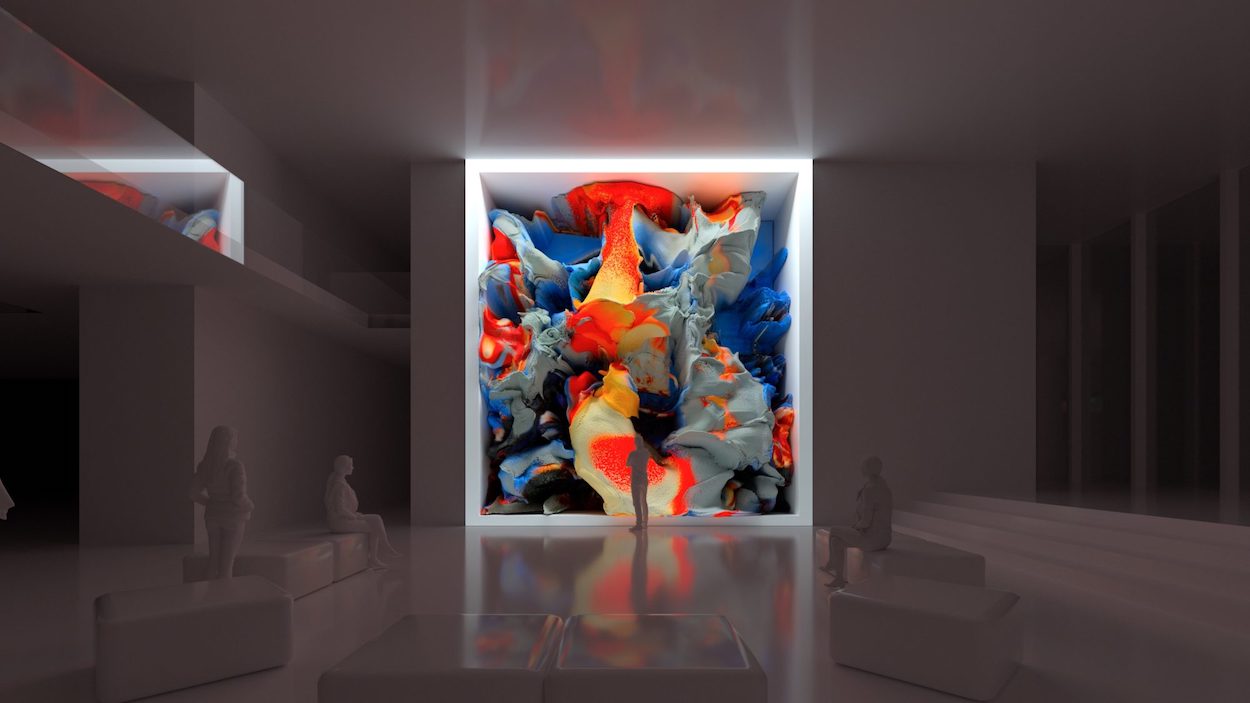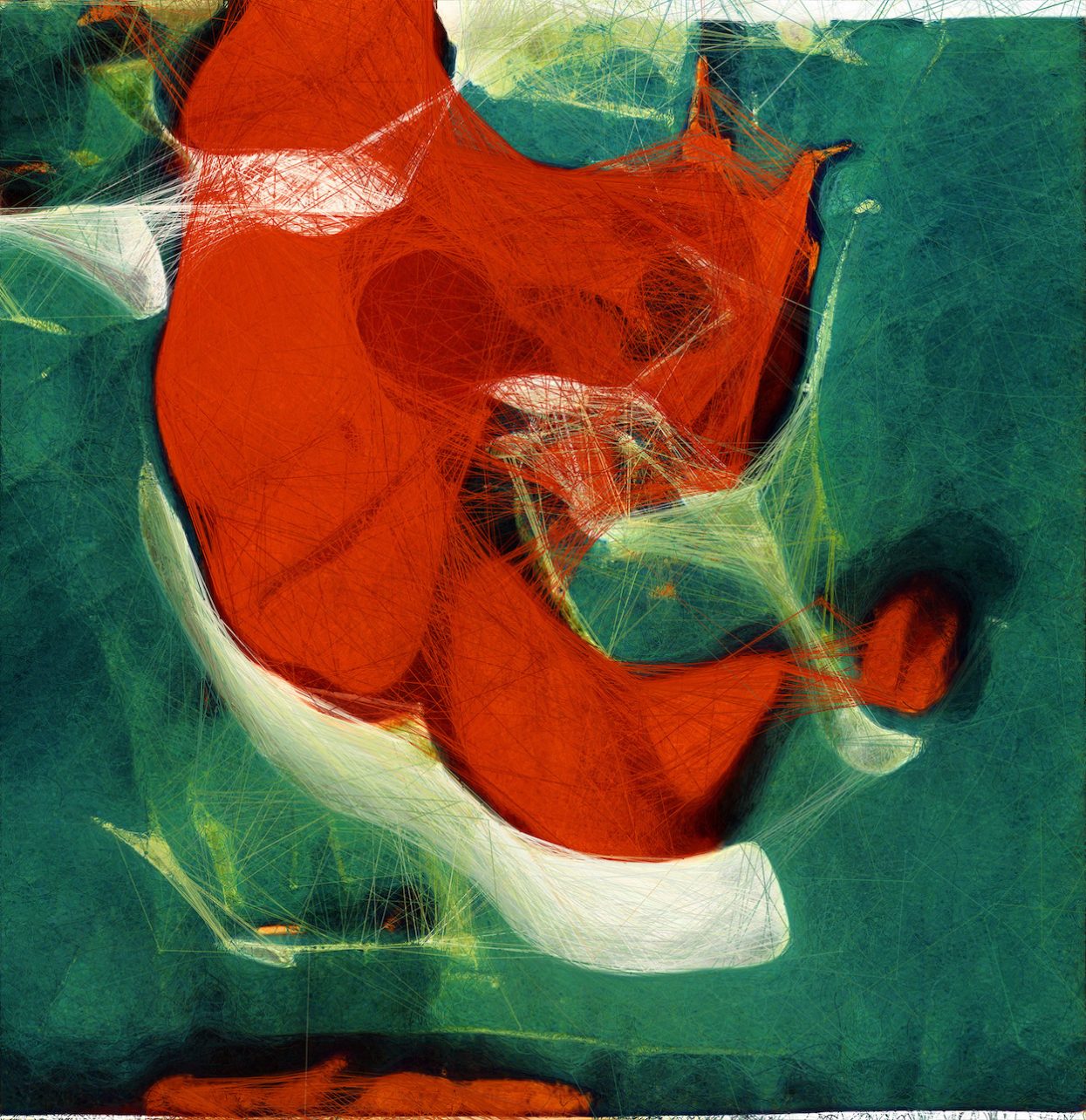Though digital art has been around for more than 60 years, major cultural institutions have only recently started embracing the medium thanks to the rapid rise of NFTs as a financial boon. Even as the market cooled this past year during “crypto winter,” museums are continuing to explore Web3 possibilities to attract younger, tech-savvy audiences and crypto millionaires interested in donating. The latest example comes from the Museum of Modern Art (MoMA), which recently announced a partnership with Refik Anadol, whose immersive, swirling abstractions have won over viewers at Artechouse and Art Basel.
MoMA first teamed up with the Turkish-American digital artist this past year when curators Michelle Kuo and Paola Antonelli invited him to plug more than 138,000 images and text materials from two centuries of the museum’s archives into a machine-learning model to create hundreds of colorful abstractions called “machine hallucinations.” He sold them as NFTs and programmed smart contracts so he and the museum will get a cut whenever the blockchain artworks sell on the secondary market.
Starting on Nov. 19, three of those digital artworks will go on view on a large-scale media wall in the museum’s ground-floor Gund Lobby and continuously generate new forms based on real-time input and changes in light, movement, volume, and the weather. “This project reshapes the relationship between the physical and the virtual, the real, and the unreal,” Kuo says. “Often, AI is used to classify, process, and generate realistic representations of the world. Anadol’s work, by contrast, is visionary: it explores dreams, hallucination, and irrationality, posing an alternate understanding of modern art—and of artmaking itself.”

